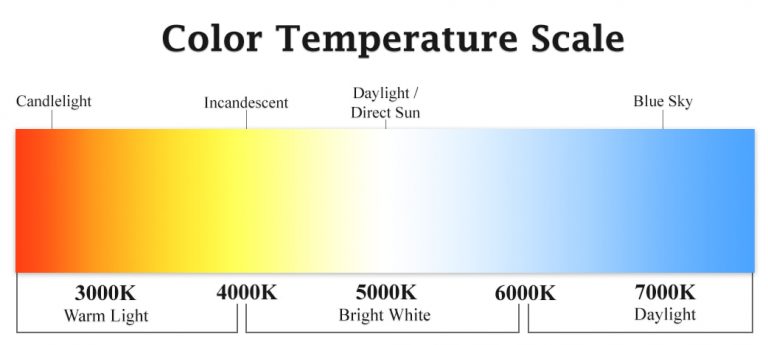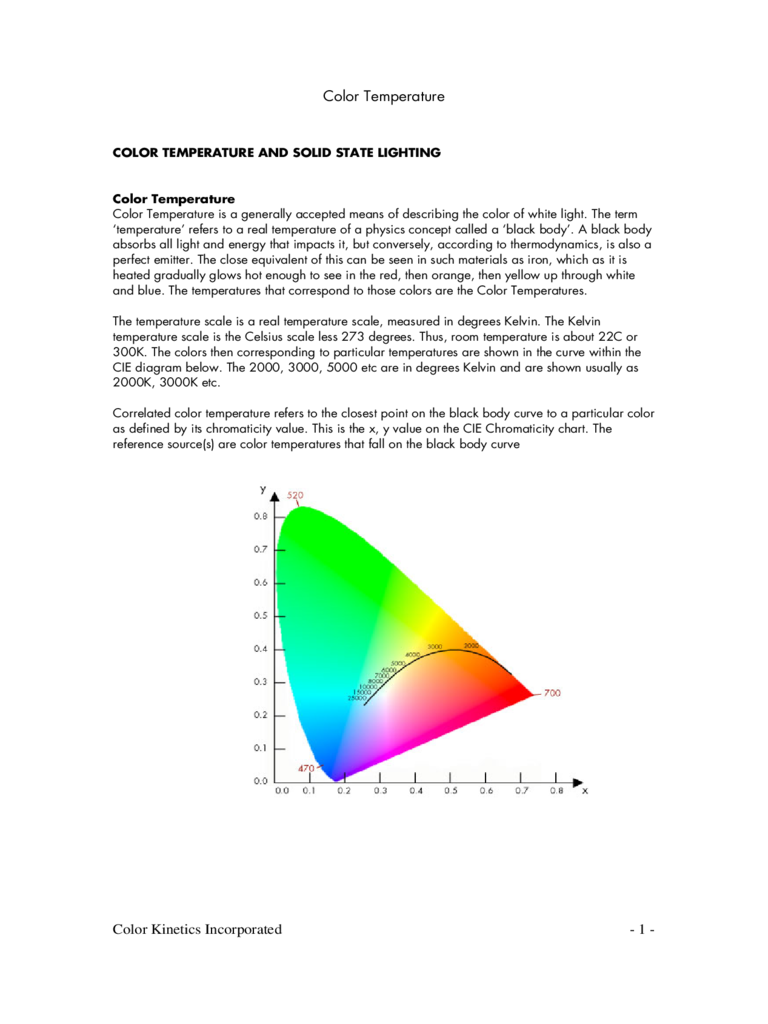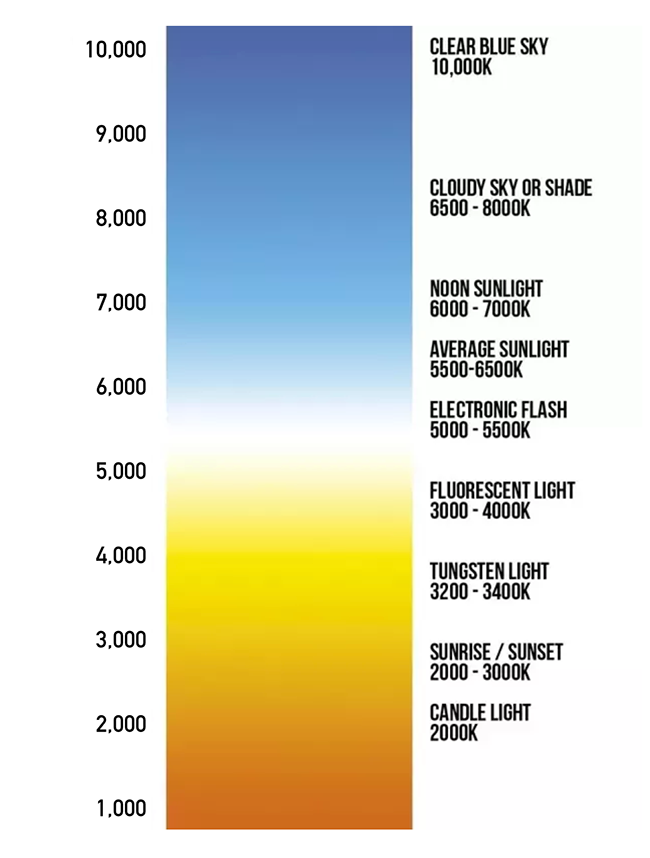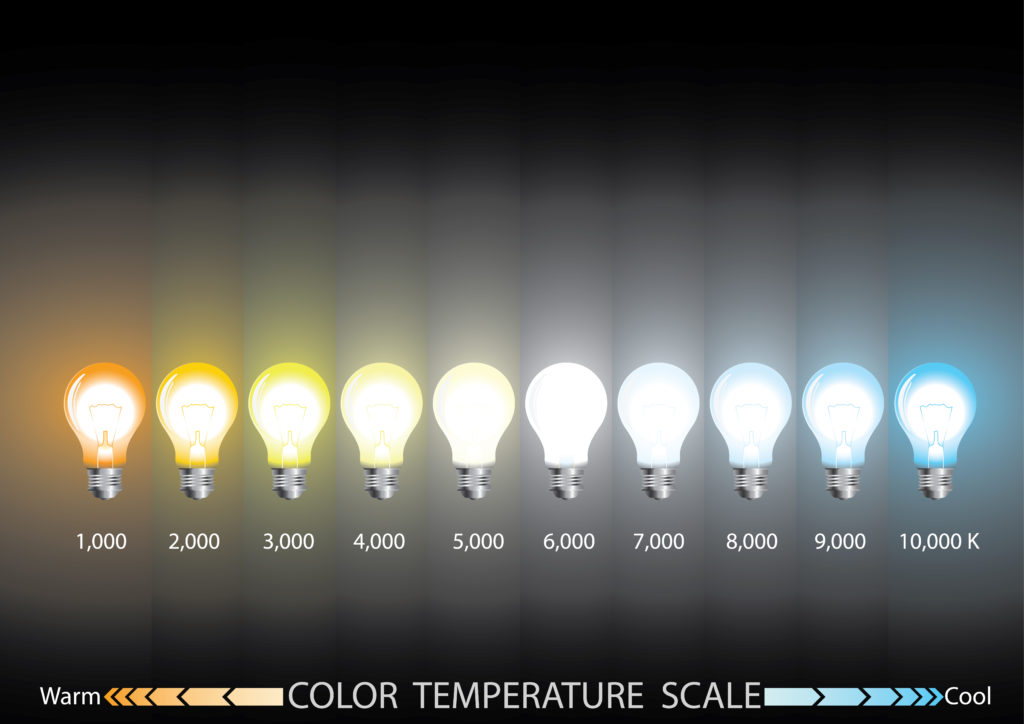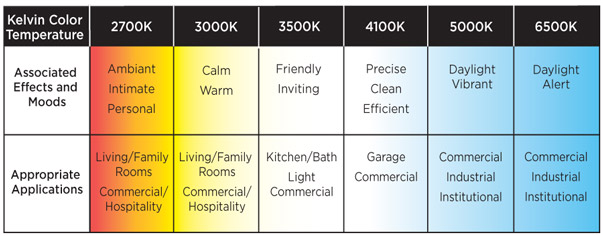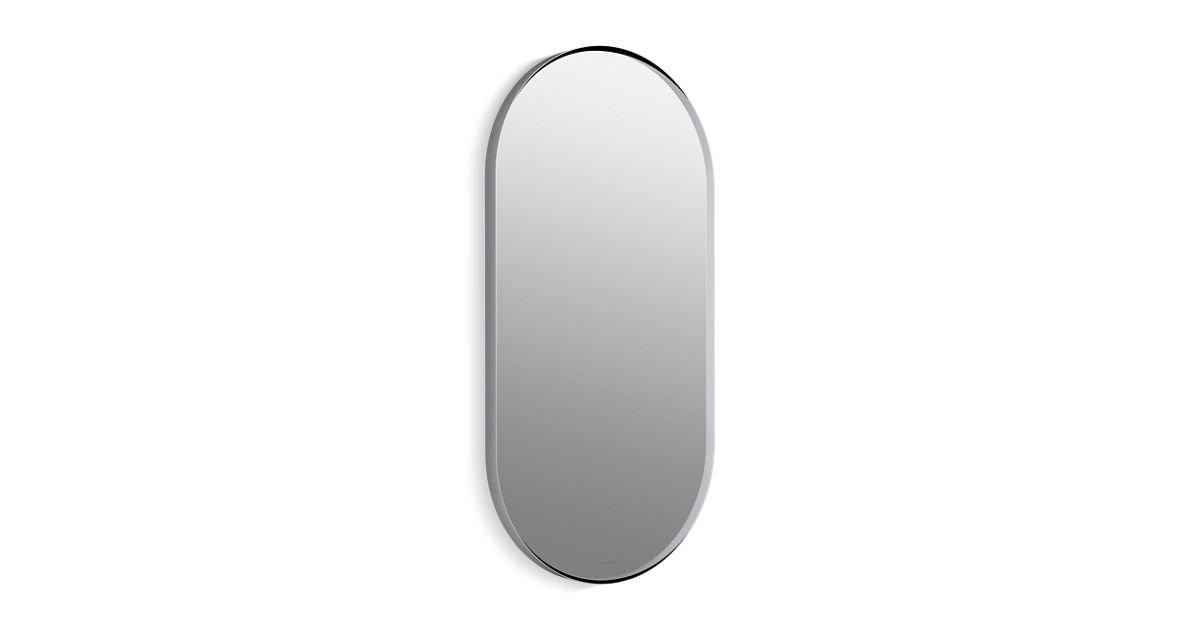When it comes to creating the perfect ambiance in your living room, one important factor to consider is color temperature. This refers to the warmth or coolness of the light in a room, which can greatly affect the overall atmosphere and mood. By understanding how to choose and adjust the color temperature in your living room, you can create a space that is both visually appealing and comfortable to be in.Color temperature in living room
The color temperature in your living room can have a significant impact on the overall look and feel of the space. Warm color temperatures, which range from 2700K to 3000K, create a cozy and inviting atmosphere, perfect for relaxation and socializing. On the other hand, cool color temperatures, which range from 5000K to 6500K, create a brighter and more energizing vibe, perfect for tasks and activities.Living room color temperature
If you're not satisfied with the current color temperature in your living room, don't worry. There are several ways to adjust it to your liking. One option is to simply change the light bulbs. Look for LED bulbs or CFL bulbs with the desired color temperature. Another option is to use dimmer switches, which allow you to control the brightness and warmth of the light. You can also use lampshades or diffusers to soften the light and create a warmer tone.Adjusting color temperature in living room
Choosing the best color temperature for your living room depends on your personal preference and the purpose of the space. If you want a cozy and intimate atmosphere, opt for warm color temperatures. If you want a bright and stimulating space, go for cool color temperatures. You can also mix and match different color temperatures to create a more dynamic and versatile lighting scheme.Best color temperature for living room
In addition to the color temperature of the light bulbs, the placement and type of lighting fixtures also play a role in the overall color temperature of your living room. For example, overhead lights tend to create a cooler and more uniform light, while table lamps and floor lamps can create a warmer and more atmospheric glow. It's important to consider the different sources of light in your living room to achieve the desired color temperature.Living room lighting color temperature
When choosing the color temperature for your living room, it's important to take into account the colors and decor in the space. Warm color temperatures tend to complement earthy tones and warm colors like red, orange, and yellow, while cool color temperatures work well with cooler colors like blue, green, and purple. It's also important to consider the natural light in the room, as this can affect the overall color temperature as well.Choosing color temperature for living room
If you're feeling overwhelmed by all the different factors to consider when it comes to color temperature in your living room, don't worry. Here's a quick guide to help you out: - For a cozy and intimate atmosphere, go for warm color temperatures. - For a bright and stimulating space, opt for cool color temperatures. - Consider the colors and decor in your living room when choosing color temperatures. - Use a mix of different color temperatures to add depth and versatility to the lighting scheme.Living room color temperature guide
Now that you know the basics of color temperature, here's a step-by-step guide on how to set it in your living room: 1. Determine the purpose of your living room and the desired atmosphere. 2. Choose the appropriate color temperature for your needs. 3. Select the appropriate light bulbs or lighting fixtures with the desired color temperature. 4. Use dimmer switches or lampshades to adjust the brightness and warmth of the light. 5. Experiment with different combinations of color temperatures to find the perfect balance for your living room.How to set color temperature in living room
There are many options when it comes to color temperatures for your living room, and it all depends on your personal preference and the desired atmosphere. Some popular options include: - Warm white: 2700K to 3000K, creates a cozy and intimate atmosphere. - Neutral white: 3500K to 4000K, provides a balance between warm and cool tones. - Cool white: 5000K to 6500K, creates a bright and energizing space. - Daylight: 6500K and above, mimics natural daylight and provides a cooler and more natural light.Color temperature options for living room
Here are a few additional tips to keep in mind when it comes to color temperature in your living room: - Consider the activities that take place in your living room when choosing color temperatures. - Use color-changing LED bulbs for added versatility and control over the color temperature in your living room. - Use smart lighting systems to easily adjust the color temperature and brightness of your living room lights. - Regularly clean your light bulbs and fixtures to maintain the desired color temperature.Living room color temperature tips
Why Color Temperature is Important in Your Living Room Design

Creating the Perfect Atmosphere
 The living room is often considered the heart of the home, a place where families gather to relax, entertain, and spend quality time together. As the focal point of the house, it is important to create a space that is inviting, comfortable, and reflects your personal style. One key aspect of achieving this is through the use of color temperature in your living room design.
Color temperature
refers to the warmth or coolness of a color, and it has a significant impact on the overall
atmosphere
of a room.
The living room is often considered the heart of the home, a place where families gather to relax, entertain, and spend quality time together. As the focal point of the house, it is important to create a space that is inviting, comfortable, and reflects your personal style. One key aspect of achieving this is through the use of color temperature in your living room design.
Color temperature
refers to the warmth or coolness of a color, and it has a significant impact on the overall
atmosphere
of a room.
Understanding Color Temperature
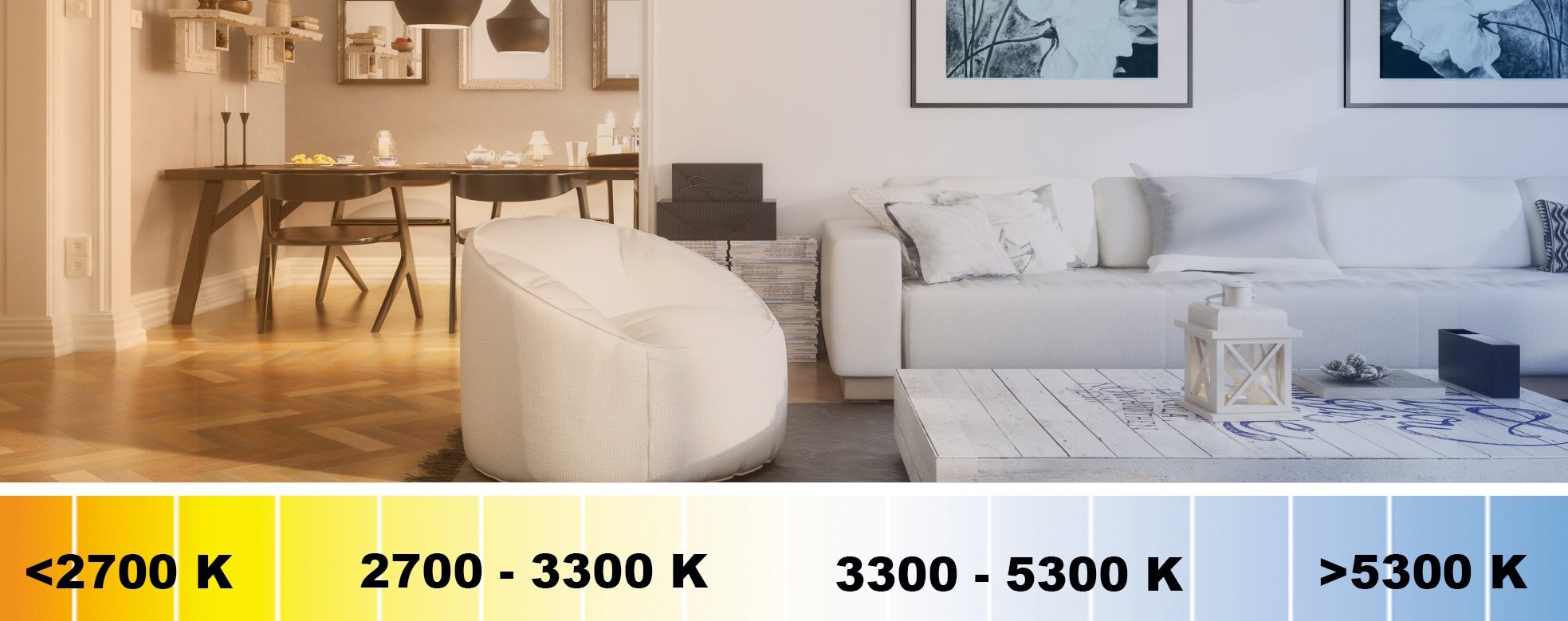 Color temperature is measured in Kelvin (K) and ranges from warm to cool tones. Warm colors have a lower Kelvin value, typically in the range of 2000-3000K, and include shades such as red, orange, and yellow. These colors evoke a sense of coziness, comfort, and intimacy, making them ideal for living rooms. On the other hand, cool colors have a higher Kelvin value, usually between 5000-6500K, and include shades like blue, green, and purple. These colors create a sense of spaciousness, freshness, and serenity, making them a popular choice for bedrooms and bathrooms.
Color temperature is measured in Kelvin (K) and ranges from warm to cool tones. Warm colors have a lower Kelvin value, typically in the range of 2000-3000K, and include shades such as red, orange, and yellow. These colors evoke a sense of coziness, comfort, and intimacy, making them ideal for living rooms. On the other hand, cool colors have a higher Kelvin value, usually between 5000-6500K, and include shades like blue, green, and purple. These colors create a sense of spaciousness, freshness, and serenity, making them a popular choice for bedrooms and bathrooms.
The Impact of Color Temperature
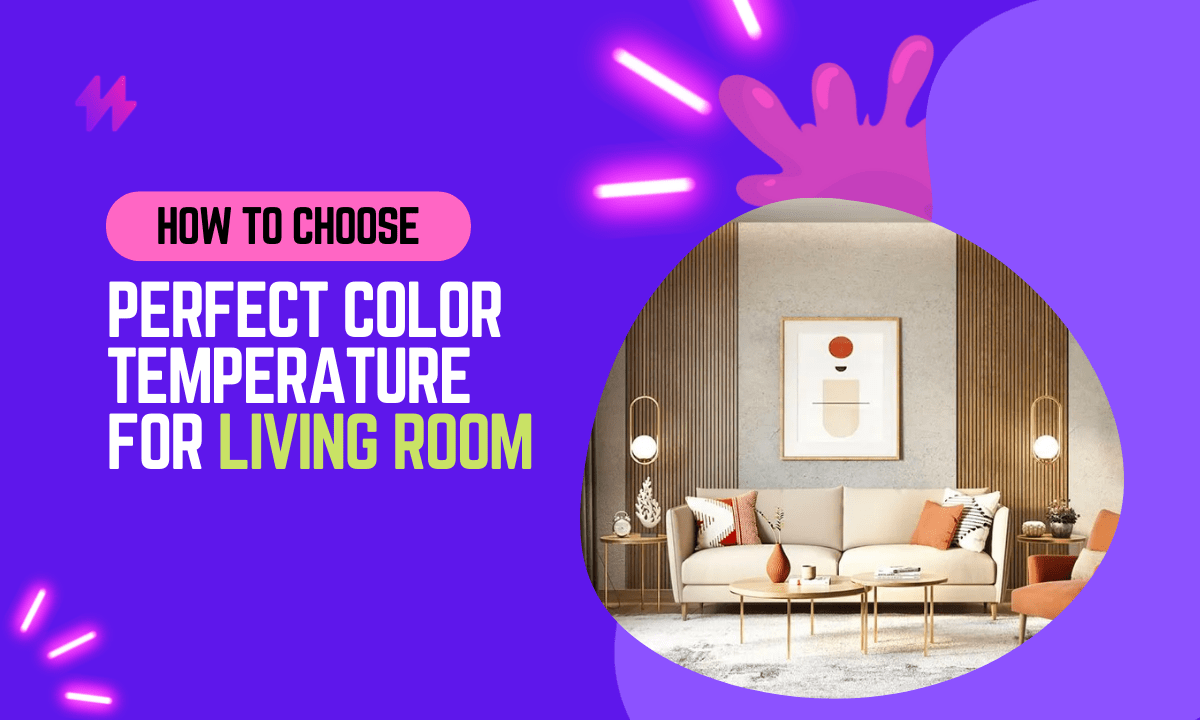 The color temperature you choose for your living room can have a significant impact on the overall mood and ambience of the space.
Warm colors
are known to create a sense of relaxation and comfort, making them perfect for a cozy living room setting. They can also make a room feel smaller and more intimate, which is beneficial for larger living spaces. On the other hand,
cool colors
can make a room feel more spacious and airy, which is ideal for smaller living rooms. They also tend to have a calming effect, making them a great choice for a peaceful and tranquil living room atmosphere.
The color temperature you choose for your living room can have a significant impact on the overall mood and ambience of the space.
Warm colors
are known to create a sense of relaxation and comfort, making them perfect for a cozy living room setting. They can also make a room feel smaller and more intimate, which is beneficial for larger living spaces. On the other hand,
cool colors
can make a room feel more spacious and airy, which is ideal for smaller living rooms. They also tend to have a calming effect, making them a great choice for a peaceful and tranquil living room atmosphere.
How to Incorporate Color Temperature in Your Living Room
 When designing your living room, it's essential to consider the color temperature of your chosen color scheme.
Neutral colors
such as white, beige, and gray are versatile and can work well with both warm and cool tones. For a warm and inviting space, consider incorporating warm colors through accent pieces such as throw pillows, rugs, or artwork.
Cool colors
can be used as a base color for your walls or larger furniture pieces, adding pops of warm tones through accessories and decor items. It's crucial to strike a balance between warm and cool colors to create a harmonious and visually appealing living room.
When designing your living room, it's essential to consider the color temperature of your chosen color scheme.
Neutral colors
such as white, beige, and gray are versatile and can work well with both warm and cool tones. For a warm and inviting space, consider incorporating warm colors through accent pieces such as throw pillows, rugs, or artwork.
Cool colors
can be used as a base color for your walls or larger furniture pieces, adding pops of warm tones through accessories and decor items. It's crucial to strike a balance between warm and cool colors to create a harmonious and visually appealing living room.
The Final Touches
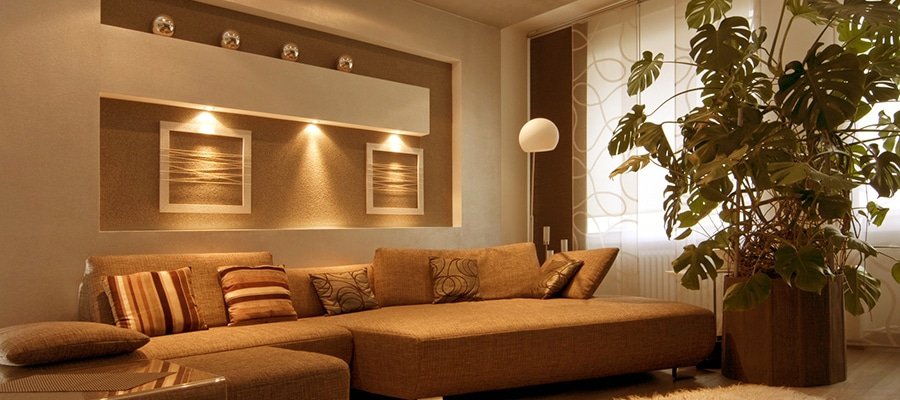 In conclusion, color temperature plays a vital role in creating the perfect living room design. Understanding how different colors can influence the atmosphere of a room is crucial in achieving the desired look and feel. Remember to consider the size and natural lighting of your living room when choosing a color temperature, and don't be afraid to mix and match warm and cool tones to create a well-balanced and inviting space. With the right color temperature, your living room will become a cozy and stylish haven for you and your loved ones to enjoy.
In conclusion, color temperature plays a vital role in creating the perfect living room design. Understanding how different colors can influence the atmosphere of a room is crucial in achieving the desired look and feel. Remember to consider the size and natural lighting of your living room when choosing a color temperature, and don't be afraid to mix and match warm and cool tones to create a well-balanced and inviting space. With the right color temperature, your living room will become a cozy and stylish haven for you and your loved ones to enjoy.
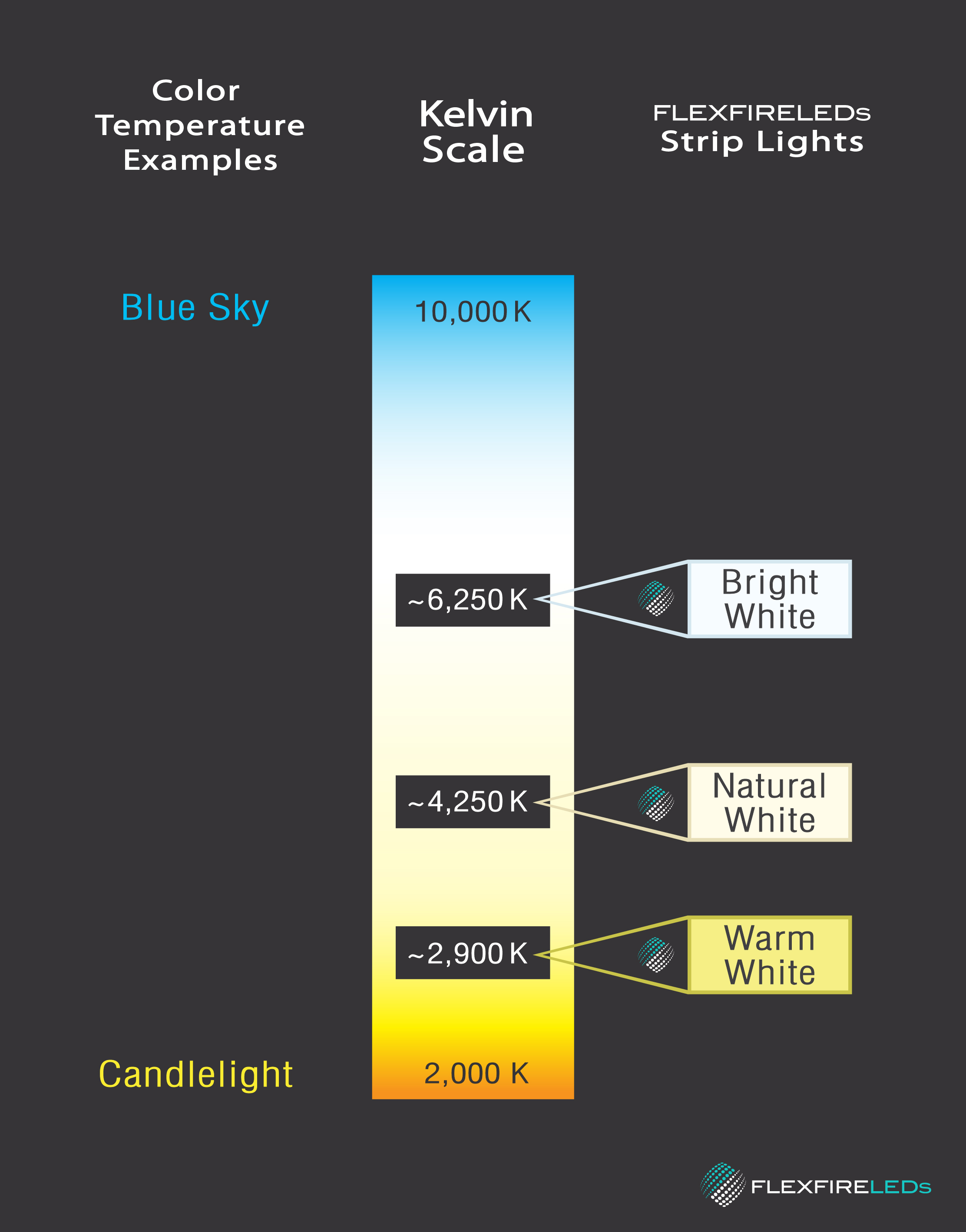






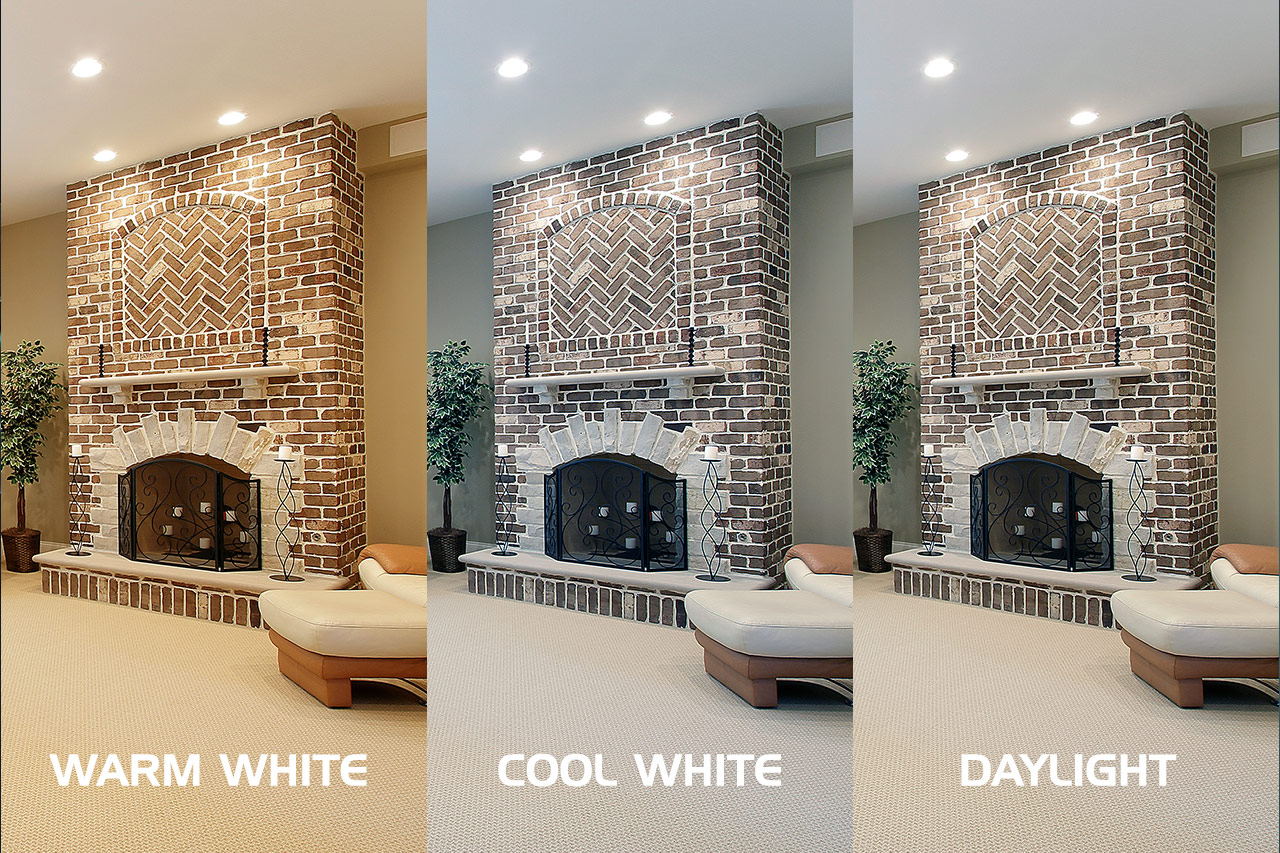
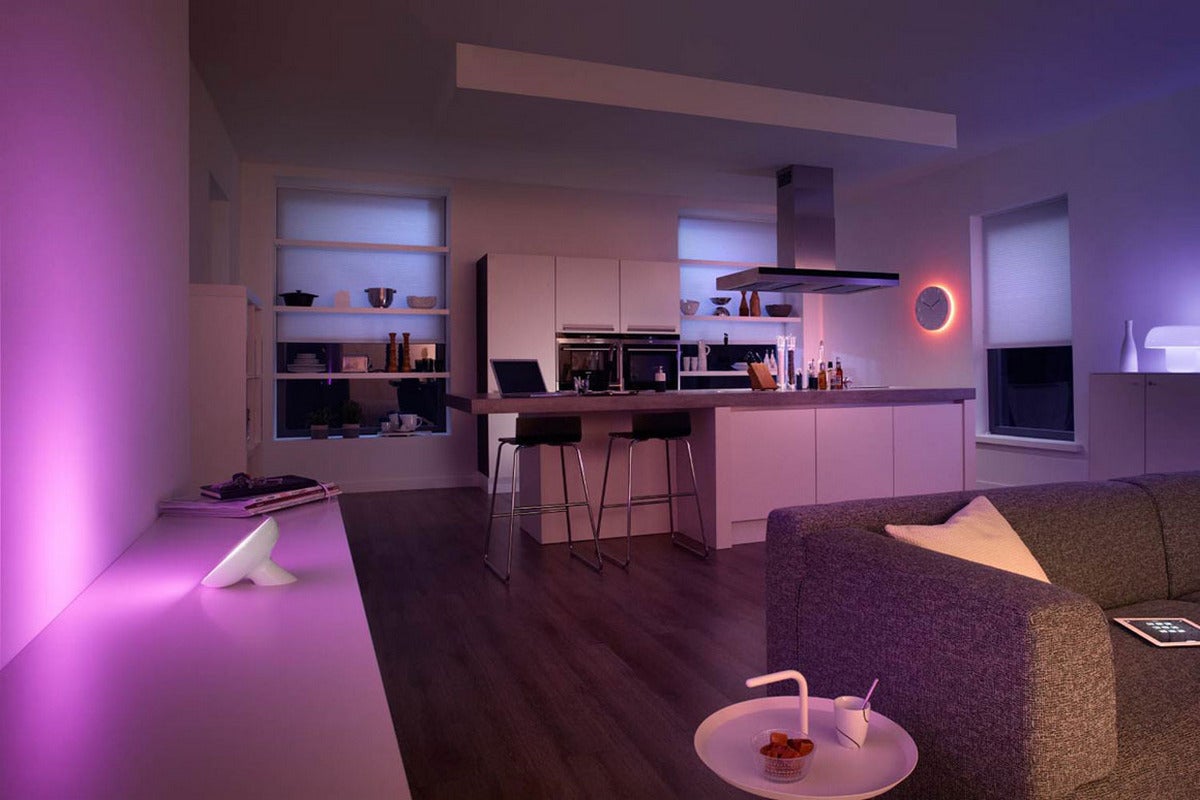









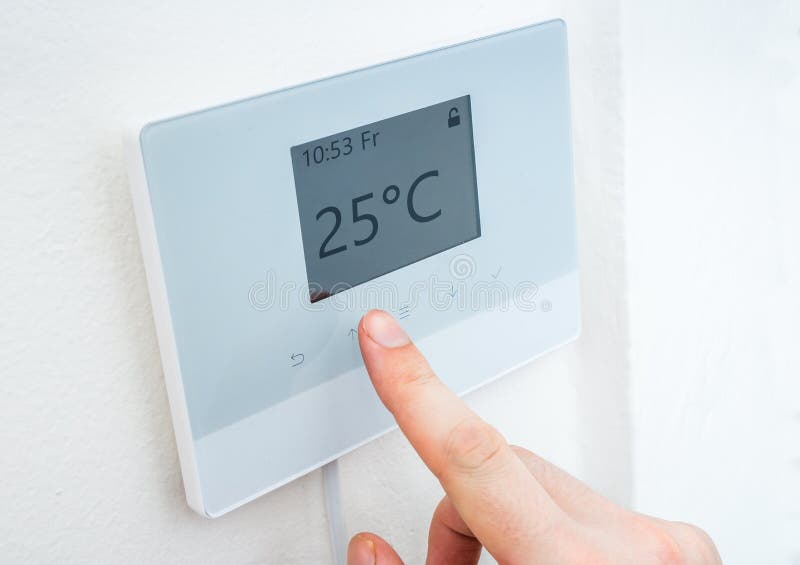



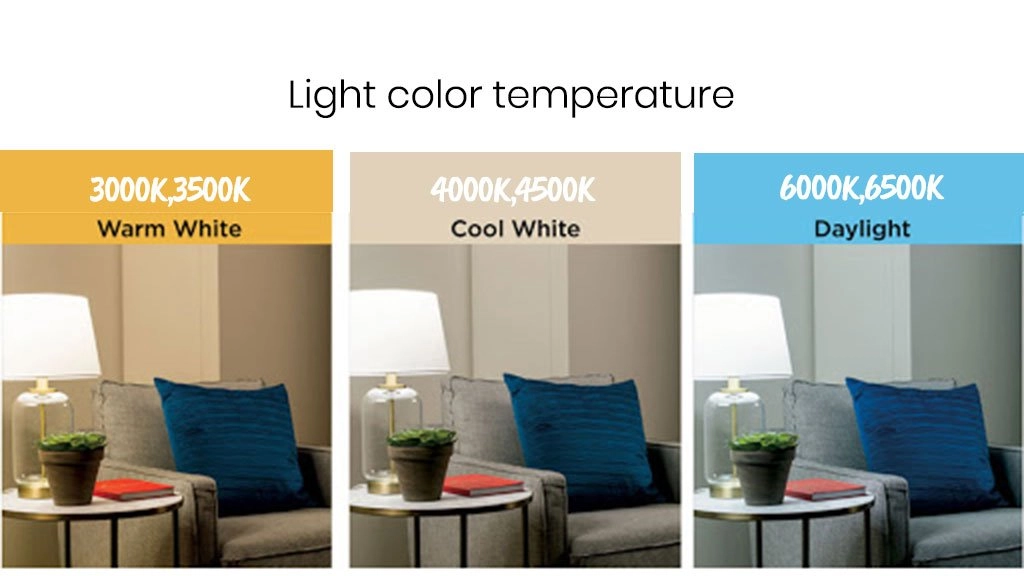
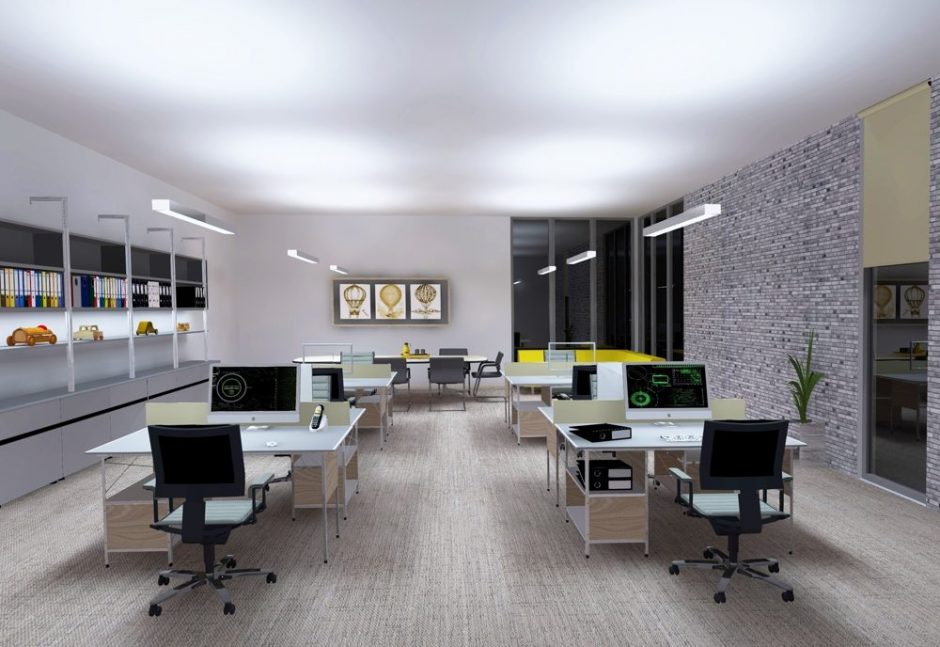
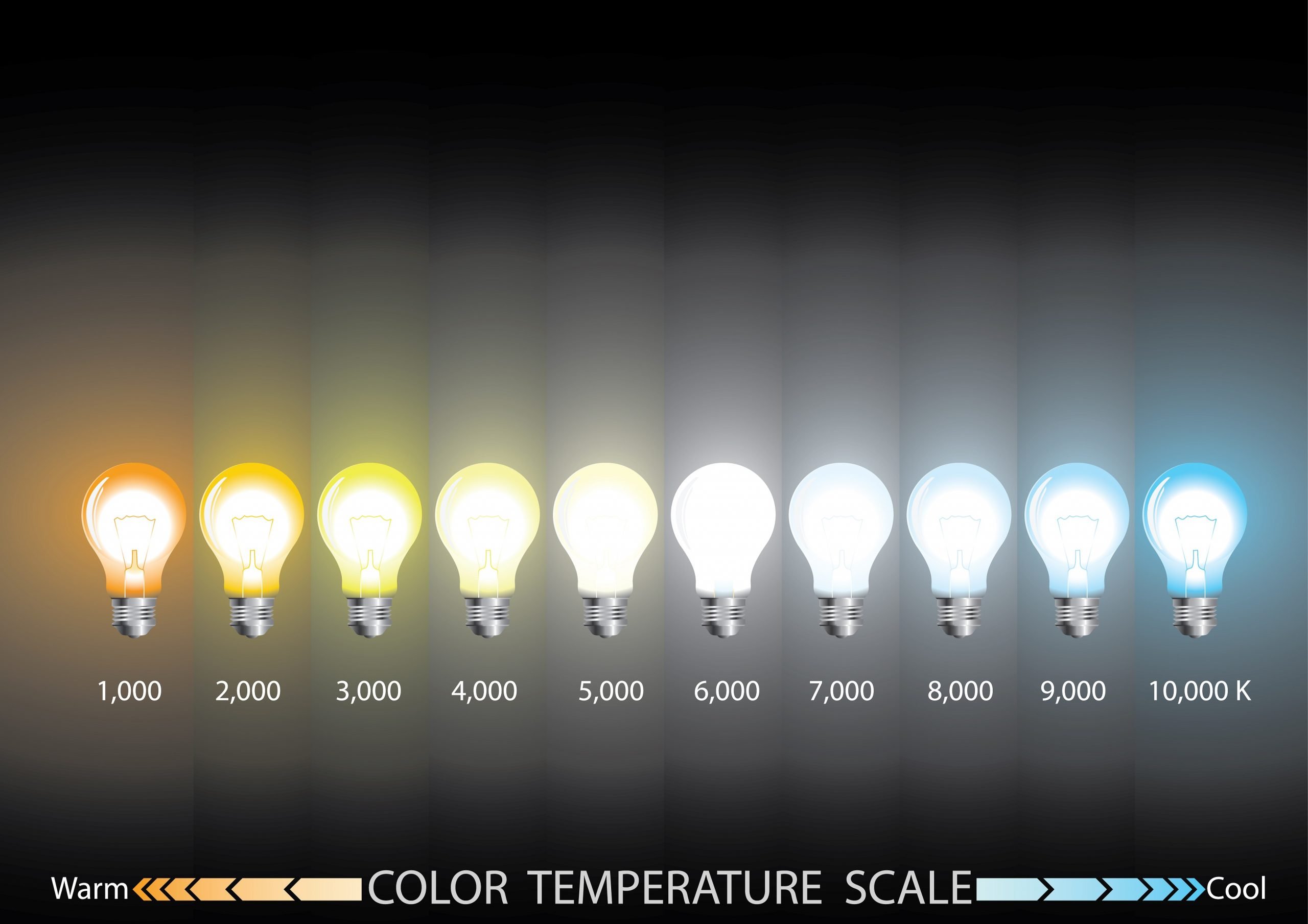
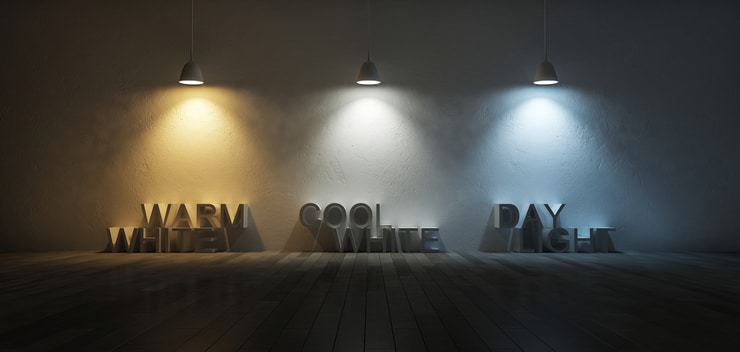








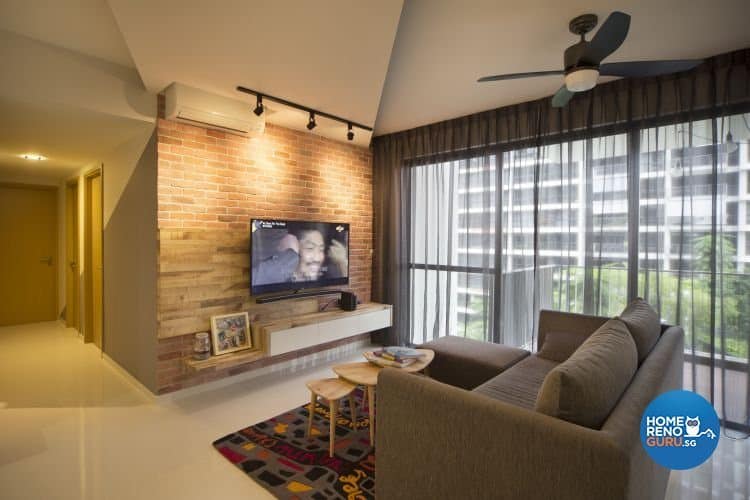


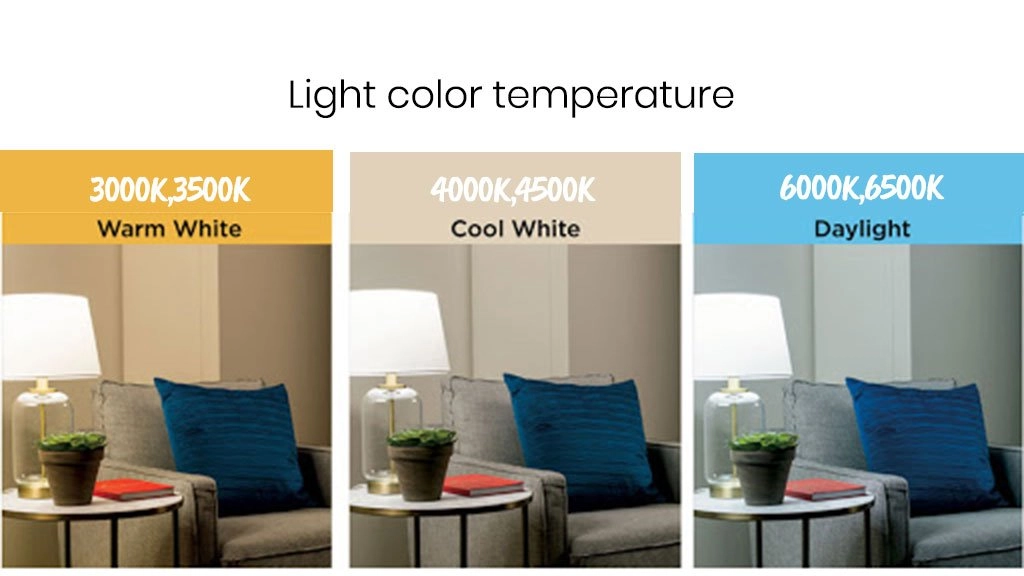
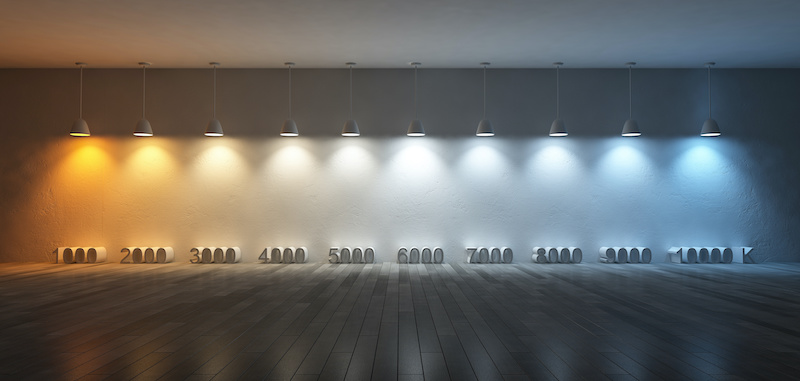





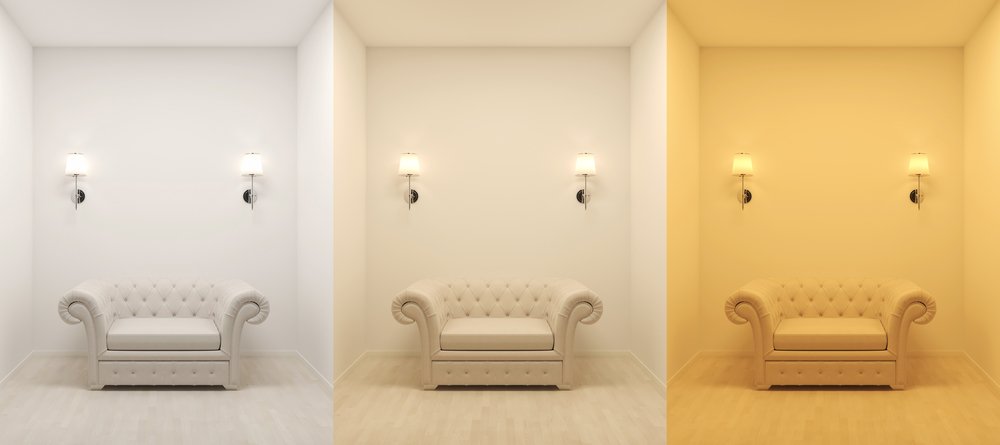





/169789002-58a723d63df78c345b930ec6.jpg)

